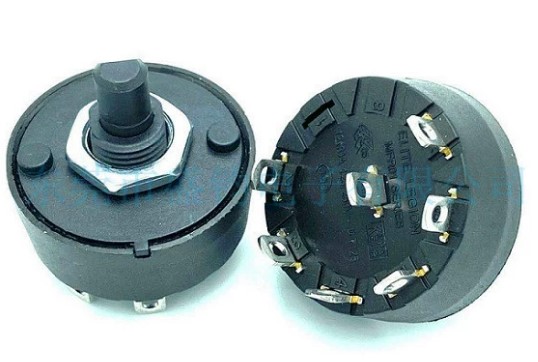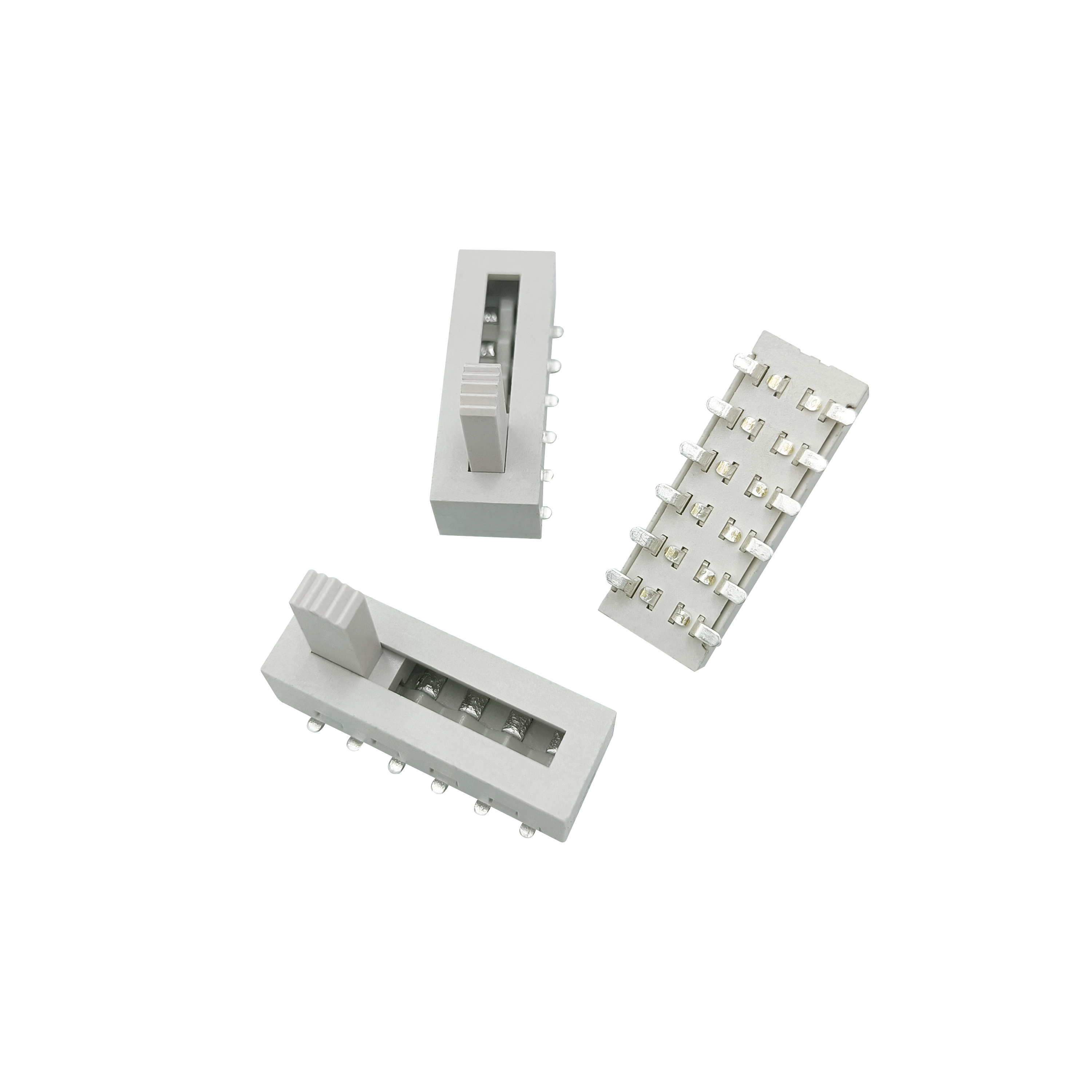- English
- Esperanto
- icelandic
- беларускі
- O'zbek
- Hawaiian
- Español
- Português
- русский
- Français
- 日本語
- Deutsch
- tiếng Việt
- Italiano
- Nederlands
- ภาษาไทย
- Polski
- 한국어
- Svenska
- magyar
- Malay
- বাংলা ভাষার
- Dansk
- Suomi
- हिन्दी
- Pilipino
- Türkçe
- Gaeilge
- العربية
- Indonesia
- Norsk
- český
- ελληνικά
- український
- Javanese
- नेपाली
- Burmese
- български
- ລາວ
- Latine
- Қазақша
- Euskal
- Azərbaycan
- Lietuvos
- Eesti Keel
- Română
- Srpski језик
- فارسی
- தமிழ்
- తెలుగు
What is the difference between a rotary switch and a slide switch?
2024-05-22
Rotating switches and sliding switches are two distinct types of switches, differing in design, functionality, and application scenarios.
 Here are their main distinctions:
Here are their main distinctions:
Operation: Rotary switches typically change the circuit state through rotation, while sliding switches switch the circuit by sliding horizontally or vertically.
Structure: Rotary switches typically feature a rotating shaft and multiple fixed contact points, allowing users to select different circuit states by turning the switch.
In contrast, sliding switches consist of one or more sliding bars and corresponding contact points, which change the circuit connection by sliding the bars.
 Application: Rotary switches, with their precise positioning and multi-state capabilities, are often used in applications requiring precise control, such as volume or frequency
Application: Rotary switches, with their precise positioning and multi-state capabilities, are often used in applications requiring precise control, such as volume or frequency
selection in audio devices. Sliding switches, with their simple operation and structure, are ideal for simple switch controls like power or basic circuit switching.
Durability: Due to their structural features, rotary switches typically offer longer lifespans and higher durability, making them suitable for frequent use. The durability of sliding
switches depends on their materials and design, but in some cases they may not be as robust as rotary switches.
In conclusion, rotary and sliding switches differ significantly in their operation, structure, application scenarios, durability, market trends, industry research, and technological advancements.
Selecting the appropriate switch type requires consideration of specific application needs and expected outcomes.





